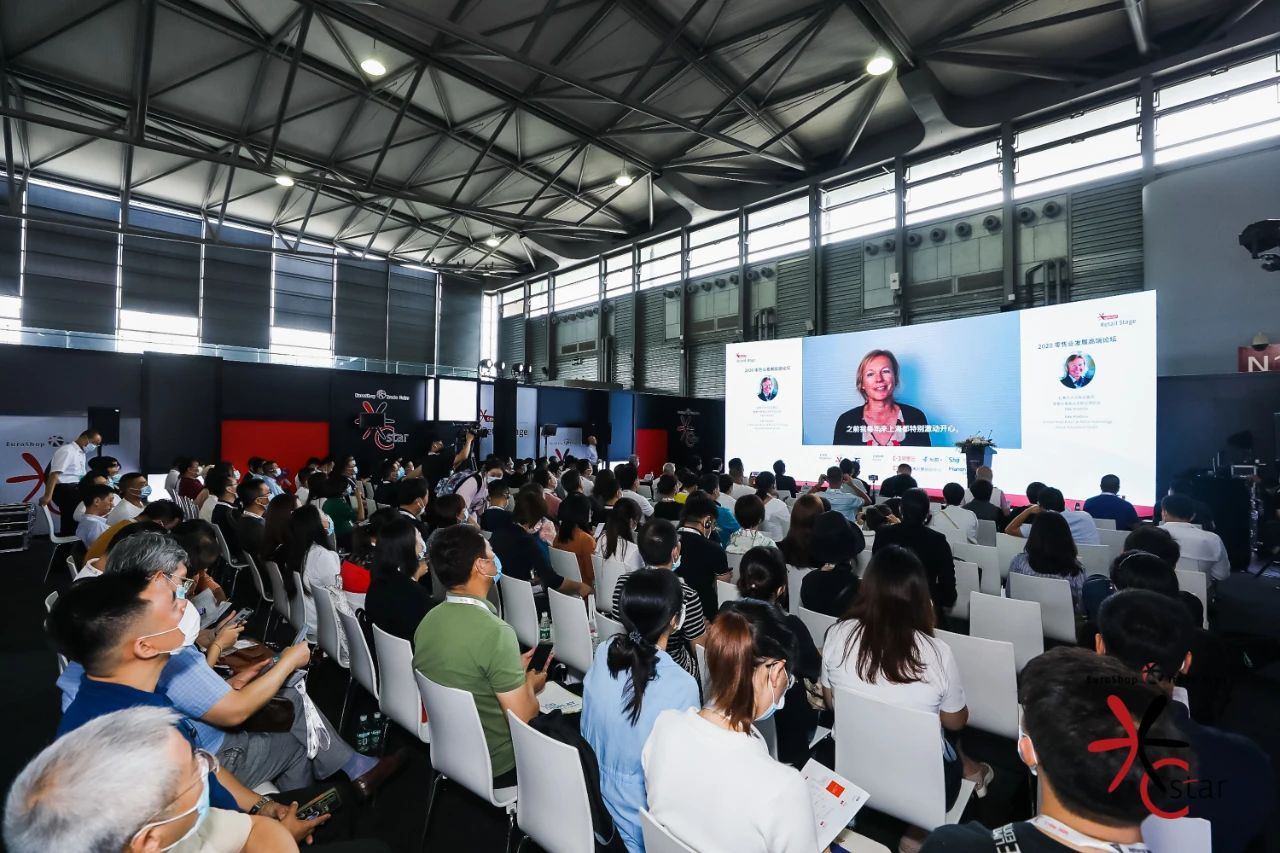ທ.ວ. . 29, 2024 22:37 Back to list
Effective Strategies for Retail Space Optimization and Layout Planning
Shop Planning A Strategic Approach to Retail Success
In today's fast-paced retail environment, effective shop planning is paramount for success. From layout design to inventory management, every aspect of shop planning plays a crucial role in enhancing customer experience and optimizing operational efficiency. This article explores the key components of shop planning and presents strategies for retailers to improve their performance.
Understanding Shop Planning
Shop planning involves a series of strategic decisions that determine how a retail space is organized, appears, and functions. These decisions impact everything from product placement and store layout to signage and customer pathways. The objective of shop planning is to create an inviting environment that encourages customers to browse, engage, and make purchases.
The Importance of Store Layout
One of the most fundamental elements of shop planning is the store layout. A well-designed layout guides customers through the store and directs their attention to key products. There are several common layout types, including grid, racetrack, and free-form layouts, each catering to different retail needs.
1. Grid Layout Typically used in grocery stores and pharmacies, the grid layout features long aisles that create a structured shopping experience. This design encourages customers to traverse the entire store, increasing the chances of impulse buys.
2. Racetrack Layout This layout consists of a circular or oval path that allows customers to navigate the store easily. Retailers often use this design in department stores to highlight seasonal promotions and encourage exploration.
3. Free-Form Layout Common in boutique-style shops, the free-form layout allows for a more relaxed shopping experience. The unconventional arrangement creates unique displays that invite curiosity and enhance the aesthetic appeal.
Optimizing Product Placement
In addition to layout, product placement is a critical factor in shop planning. Strategic positioning of products can significantly influence customer purchasing behavior. Consider the following tactics
- Eye-Level Placement Products placed at eye level tend to sell better than those positioned higher or lower. Retailers should prioritize placing high-margin items at this prime location.
shop planning

- Cross-Merchandising Placing complementary items near each other can increase sales. For example, displaying pasta next to pasta sauce creates an opportunity for customers to purchase both items.
- The Checkout Zone The area near the checkout is prime real estate for impulse buys. Retailers can capitalize on this by placing small, attractive products within reach of waiting customers.
Incorporating Technology
Modern shop planning must incorporate technology to keep pace with changing consumer expectations. Retailers can leverage various technological solutions to streamline operations and enhance the customer shopping experience. Some popular options include
- Digital Signage Interactive displays can provide customers with information about promotions, new arrivals, and product details. This engages shoppers and can lead to increased sales.
- Inventory Management Systems Utilizing advanced inventory management software helps retailers keep track of stock levels, reducing excess inventory and ensuring popular items are always available.
- Mobile Integration Integrating mobile solutions can enhance the shopping experience. Apps that allow customers to access promotions, product details, and even store layouts contribute to a more personalized experience.
Enhancing Customer Experience
Ultimately, effective shop planning is about enhancing the customer experience. Retailers should regularly seek feedback from customers and analyze shopping data to identify areas for improvement. Small adjustments, such as adding seating areas or improving lighting, can make a significant difference in how customers perceive the store.
Conclusion
In conclusion, shop planning is a multifaceted process that requires a strategic approach to design, product placement, and technology integration. By focusing on these areas, retailers can create an inviting atmosphere that not only attracts customers but also encourages them to return. As retail landscapes continue to evolve, those who prioritize effective shop planning will be well-positioned to thrive in a competitive marketplace.
-
optimize-retail-displays-with-advanced-rack-fitting-for-shop
NewsAug.22,2025
-
showcase-your-products-effectively-with-a-premium-portable-showcase
NewsAug.22,2025
-
transform-your-retail-space-with-a-premium-shopfitting-store
NewsAug.22,2025
-
transform-your-store-with-premium-retail-shop-fittings
NewsAug.22,2025
-
maximize-retail-display-with-slatwall-solutions
NewsAug.22,2025
-
shopfitting-shop--creating-efficient-and-attractive-retail-spaces
NewsAug.22,2025


















































































































